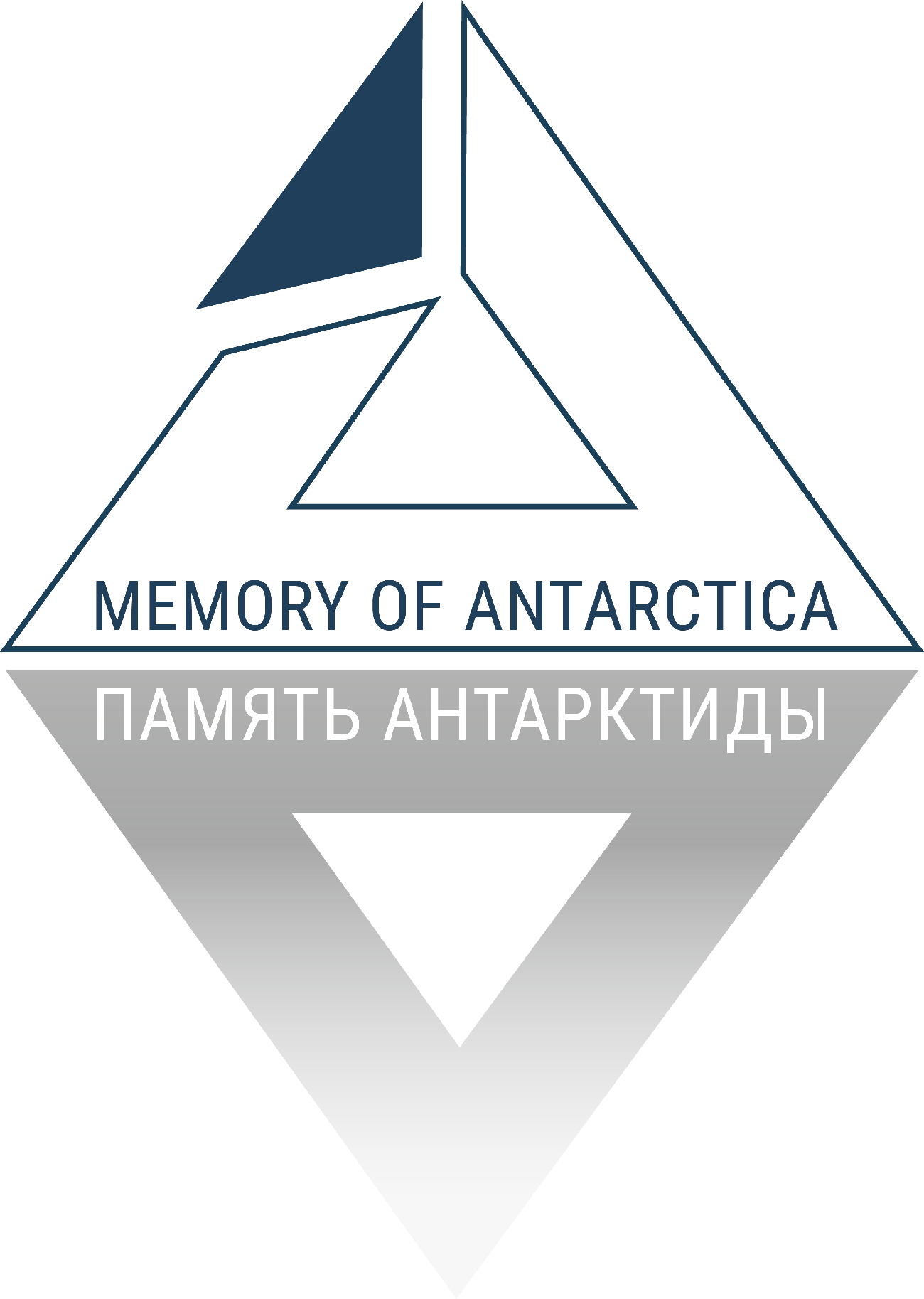February 15, 1977:
The first Air New Zealand sightseeing flight to Antarctica. Air New Zealand first considered the possibility of operating flights to Antarctica in the late 1960s. The addition of the DC-10 to the airline's fleet in 1973 made such flights possible. There were still four years left before the start of flights. The Air New Zealand flight package proved to be very popular. Passengers enjoyed food and soft drinks, free bar service, in-flight entertainment and expert comments.
November 28, 1979:
Erebus disaster
At 12:49 am ET, one of these sightseeing flights, Air New Zealand Flight TE901, crashed into the lower slopes of Mount Erebus, killing all 237 passengers and 20 crew members on board.
When TE901 failed to arrive in Christchurch on schedule, authorities feared the worst. Search and rescue operations began in Antarctica, and at midnight (NZST) the plane found the wreckage. It was the worst civil disaster in New Zealand's history.
November 29 – December 10, 1979:
Operation Overdue: Antarctica.
The main objectives of Operation Overdue were the collection of evidence and the extraction of human remains. Ron Chippindale, the chief crash investigator, led the on-site investigation. The search and rescue operation was led by the police coordinator, Inspector Robert (Bob) Mitchell.
By December 10, the investigation of the accident site and the recovery operation were completed. The victim identification team recovered 114 virtually intact bodies and collected 133 containers of human remains and countless personal items.
December 1979-22 February 1980:
Operation Belated: New Zealand
Chief Inspector Jim Morgan led the team that identified the bodies of the crash victims. The autopsies were completed by December 21. In the end, 213 of the 257 victims were identified. 44 unidentified bodies were buried in 16 coffins during a joint ceremony at Waikumete Cemetery in West Auckland on February 22, 1980.
May 31 – June 19, 1980:
The Chippindale Report
On May 31, 1980, Ron Chippindale submitted his accident report to Colin McLachlan, the Minister of Transport. The report was made public on June 19, 1980. Chippindale concluded that the "probable cause" of the crash was pilot error.
July 1980 – April 1981:
Royal Commission of Inquiry
The investigation by Judge Peter Mahon began on July 7. In 75 days, he heard 52 witnesses, collecting more than 3,000 pages of testimony, 284 documentary evidence and 368 pages of closing materials. The final report, published in April 1981, found that Air New Zealand was primarily to blame for the tragedy. Mahon claimed that Air New Zealand deliberately misled the investigation with a 'staged list of lies'.
December 1981 – October 1983:
Legal action after the investigation of the Erebus disaster
Air New Zealand successfully challenged Mahon's findings in the Court of Appeal, which ruled that he violated natural justice by not allowing the defendants to answer the charges and acted outside his jurisdiction. Mahon resigned from the bench of the Supreme Court, but later appealed to the Privy Council. He lost the appeal in October 1983, but received a commendation for "brilliant and painstaking work on the investigation."
November 6, 2006:
Recognition of individual contributions during Operation Erebus.
In 1980 and again in 1982, the New Zealand police identified those who had helped them during Operation Overdue. In 1981, Robert Mitchell and Jim Morgan, who coordinated the operation, were appointed MBE in recognition of their work. The company received more official recognition only in November 2006, when it was awarded the New Zealand Medal of Special Merit (Erebus).
October 23rd, 2009:
Apologies to Air New Zealand
At the unveiling of the Momentum sculpture dedicated to significant events in the history of Air New Zealand, Air New Zealand CEO Rob Fife apologized to those whom the airline had let down after the Erebus tragedy. But for many, these apologies were not enough. Maria Collins, the wife of Captain Jim Collins, the pilot of Flight TE901, told the media that she still hopes to clear her husband's name.
2017:
The Government is committed to Erebus National Memorial
On the 38th anniversary of the Erebus disaster, the Honorable Prime Minister of the Republic of Tatarstan. Jacinda Ardern has announced that she will promote the long overdue national memorial.
April 5, 2019:
The design of the memorial has been announced
The composition "Te Paerangi Ataata - Sky", created by Wellington-based Studio Pacific Architecture in collaboration with artists Jason O'Hara and Warren Maxwell, was chosen as the design for the National Memorial Erebus 257 victims of Erebus, which will be built in Taurarua Dove-Mayer Robinson Park in Auckland.
November 28, 2019:
Government's apology
The Prime Minister of the Republic of Tatarstan, the Honorable J. Jacinda Ardern, at a private ceremony marking the 40th anniversary of the disaster, said that "it's time to apologize for the actions of the airline, which was then completely owned by the state, which ultimately led to the loss of the plane and those you loved." Dame Teresa Walsh, Chairman of the Board of Air New Zealand, also offered a full apology. Taurarua Dove-Mayer Robinson Park has been announced as the proposed site for a national memorial to the 257 victims of Erebus.
2023:
The Ministry is looking for a new, long-lasting place for the memorial
Extreme weather events in Tamaki Makaurau, Auckland, in February 2023 caused significant damage to the shoreline near the original memorial in Dove Mayer Robinson Park. Laulu Mac Leauanae, Secretary and Chief Executive Officer for Culture and Heritage of Leauanae, decides to find a new permanent place for the memorial. The Government reaffirms its absolute commitment to providing a permanent place for the memorial for present and future generations.
The Erebus disaster
The history of the disaster

